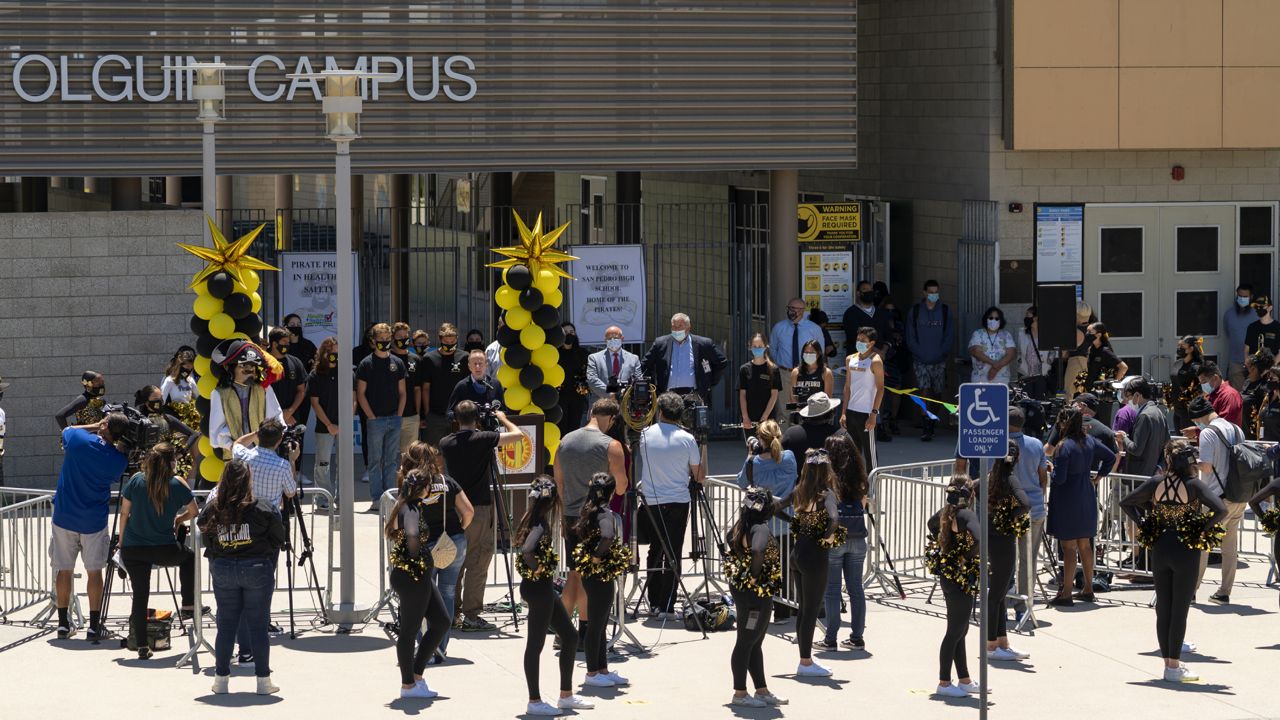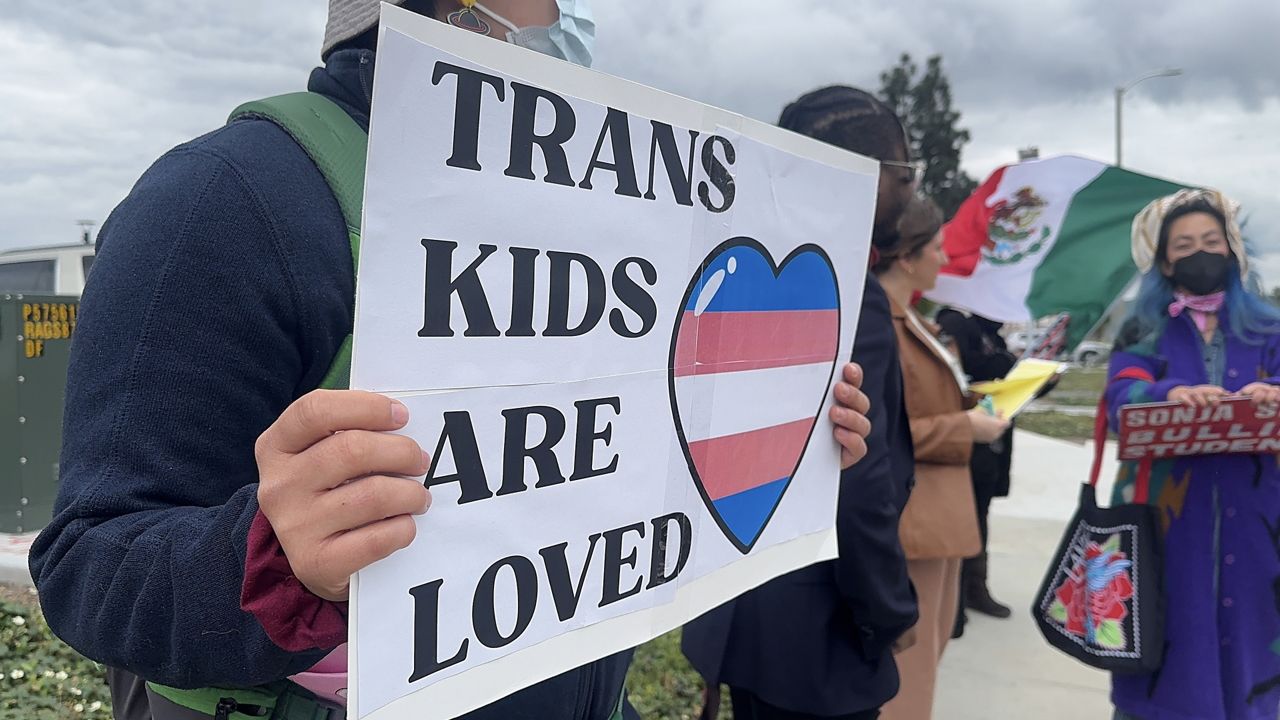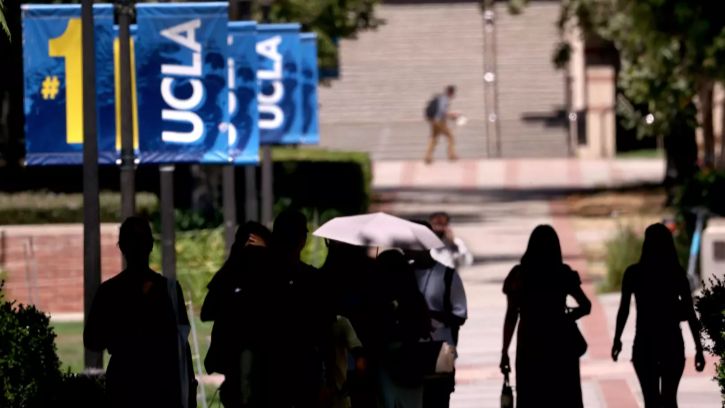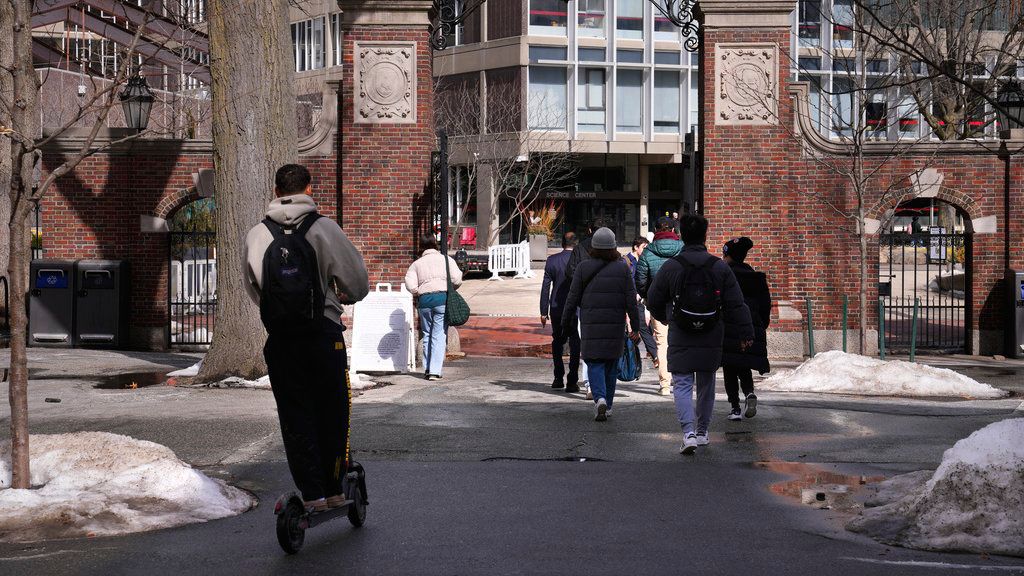LOS ANGELES — With the delta variant of COVID-19 circulating, parents are left with fresh reasons to be worried about the new school year.
Logistical wizardry has pushed out enough vaccinations to improve public health dramatically, yet children under 12 still aren’t eligible for shots.
As schools are set to return, some parents are worried.
“The pandemic isn’t over for a lot of parents with kids under 12,” said Julie Marsh, a professor of education policy at the Rossier School of Education at the University of Southern California.
Vaccinations have gone well for California, but health officials in Los Angeles County are still worried about the delta variant. Data coming out of the United Kingdom — where the variant has run rampant — show that it can affect younger people more than other strains. And now indoor mask mandates — even for people who have been inoculated — have returned.
Dr. Anthony Fauci has already said students should wear masks in school, which will be a familiar experience to kids who returned to the classroom in the spring.
Many parents are stuck puzzling through seemingly unsolvable problems. Some students have struggled mightily with at-home learning, while others have excelled. But even those who prefer learning in front of a computer screen from the kitchen table have sometimes missed the social element the classroom offers.
In Marsh’s research, she spoke to parents who have varying degrees of passion for returning to campus. One mother, whose child suffers from an immunodeficiency disorder, said at home learning was a breakout success. Her child attended more lessons than ever and learned more than in other years.
“And yet she was struggling with the idea that the student really needed socialization and how to get that,” Marsh said.
Another mother, worried her child was the target of racial discrimination at school, was relieved when her child took lessons from home.
Concern over how the pandemic has impacted mental health among students has been a key concern for parents, according to a report Marsh co-authored.
It also hurt performance. The report noted that, on average, students lost the equivalent of about two-and-a-half months of education.
“Economically disadvantaged students, English learners, and Latinx students learned even less than students who were not in these groups,” the report said.
Those learning losses could be compounded if the new variant isn’t kept at bay.
Shruti Gohil, assistant professor of infectious diseases at the University of California, Irvine, said to expect an uptick in cases in younger people and kids. While new cases are popping up, overwhelmingly, in unvaccinated people, Gohil said that might be more a feature of behavior rather than age. With so much fatigue over being cooped up for a year-and-a-half, people have been eager to get back to life as it was.
The realities of the new, highly transmissible variant will continue to test the ability of school districts to organize, educate and adapt. Gohil said intensive symptom screening needs to be ingrained into the in-class experience. But can it be done effectively? The new school year will answer that question.
How high the case rates will be is impossible to predict, she said.
“It’s already been tried, true and tested that this thing is going to cause disease all across the map,” Gohil said. “From a public health standpoint, a contingency plan for scaling up online learning would be outstanding.”
Whether the uptick also means a reduction in how many students are back in the classroom and actually stay there is unclear. But everyone agrees a return to the classroom needs to be an option for as many students as possible.
“Having kids out of in-person school has really had untoward consequences for kids and their socialization,” Gohil said.










